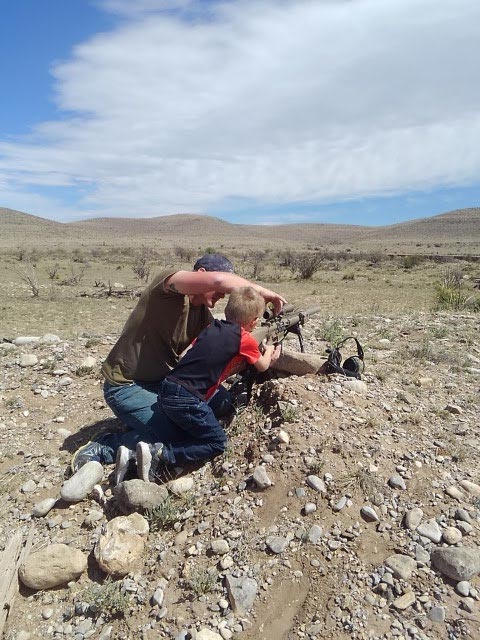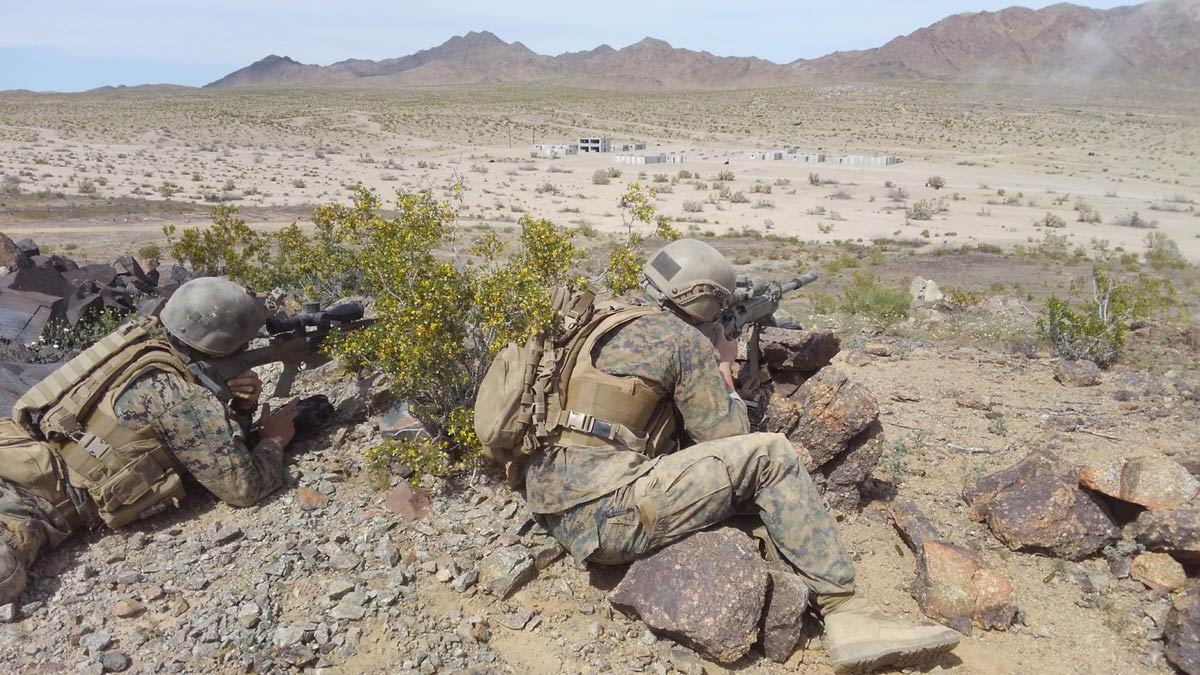Posted by John P on 2021 Aug 19th
MAKE YOUR TRAINING MORE EFFICIENT: TIPS FROM A U.S. MARINE CORPS SCOUT SNIPER
LONG RANGE SHOOTING TIPS FROM A MARINE CORPS SCOUT SNIPER
As a US Marine Scout Sniper and now a US Army sniper, I have been exposed to many different shooting drills. Some had lots of training value, and some offered little. Due to ongoing supply chain issues and high demand, ammunition is getting more expensive and, at times, near impossible to find.
We have to train to stay proficient, even with a limited supply of ammunition. Here are some training tips and drills that will help maintain your skillset and continue to improve.
DRY FIRE
Before we talk about drills that require ammunition, I want to stress the importance of dry fire. Dry fire requires no ammunition and can be performed on a range or even in your living room. Dry fire is great for practicing trigger mechanics and body positions. You can even break out the timer and give yourself a set time to range your target, build a position, dial your DOPE and take a "shot". Even if you have unlimited ammunition, dry fire should be part of all of your firearms training. When dry firing, remember to treat all firearms as if they are loaded and be mindful of live ammunition.
Tip: If you are dry-firing indoors, ensure there is no live ammunition in the room you are training in.


Author going through the fundamentals with his son.
TRAINING WITH LIVE AMMUNITION
When conducting live-fire drills under ammunition constraints, training needs to incorporate multiple tasks. Even though you are limited on ammunition, you still need to push yourself out of your comfort zone to continue to improve as a shooter. There is definitely a sweet spot when it comes to drills. You don't want an advanced drill you cannot accomplish, nor do you want something that presents zero challenge.
The Drills
Below are three drills that I will perform every time I go to the range.
Zero confirmation with a twist
The first drill before shooting out to distance is a simple zero confirmation. Checking zero can be mundane, but it is valuable for several reasons. Zero confirmation gives you "cold bore" data, both mechanical and psychological and allows you to diagnose your shooting fundamentals. When it comes to checking zero and training at the 100 meter/yard line, be efficient with your time and ammunition. Dumping round after round through the same hole at 100 yards can be fun, but it is not necessarily challenging, nor does it give you a lot of data. If you want to turn zero confirmation into an exercise, try checking your zero off a bench, tripod, barricade, rucksack, or a downed tree. In the real world, your first shot may not be in the prone but a hasty or improvised position. If you are going into harm's way or checking zero before a duty shift, check zero in the position you are most comfortable. If it's a training day, take your first shot in a position that pushes you out of your comfort zone.
"Just the reticle"
Modern rifle scopes allow shooters to dial their shots, hold in the reticle, or combine both. I like to do a drill where I shoot from 100 to 1000 yards, just holding for wind and elevation in the reticle. I will do the drill prone off a bipod, prone off my ruck, sitting with my rifle resting on a tripod, and standing with a tripod. This drill will shake out your ballistic calculator, ballistic data, scope, support equipment, and the shooter's fundamentals, primarily the ability to manipulate the trigger and interpret wind conditions. If you are short on ammo, pick one or two positions, run the course dry fire, then use live ammunition.


MULTIPLE TARGETS WHILE BEING TIMED
The last and most advanced drill is similar to the above drill, except you are going to be putting yourself on a timer. You can give yourself a chunk of time to shoot the entire course or set a shorter time for each position. You can build an elaborate course of fire where certain targets give you more time than others. This will give you the flexibility to dial certain shots with longer par times vs. having to hold in the reticle for targets that allow for less time. You can shoot all the targets from 100 to 1000 yards or assign a random sequence that forces you to break down and rebuild your position. If you assign yourself random targets, this will incorporate scope power.
Many shooters, especially new shooters, enjoy turning the scope zoom to its highest magnification so that the target appears to be mere feet in front of them. There is a level of comfort there because the target looks closer. Therefore our minds think it must be easier to hit. There might be something to that, but let's look at it from a Sniper perspective instead of a Target shooter perspective. I personally, as a sniper, shoot with my scope set to the lowest power possible. This allows me a much larger field of view, allowing me to see more of my target area. I can also follow a moving target much easier. I can move from one target to another quickly because I can see more of the area, and I don't get lost in my scope. Having your power turned up too high will make it harder to find targets rapidly and harder to watch your shots for corrections.
A quick note on focal plane configuration. This drill is best performed on a First Focal Plane scope since the reticle measurements will remain consistent regardless of the power setting.
There is no excuse for not training. The best shooters in the world dry fire for several hours a day and are very deliberate when it comes to live-fire training. You don't need a truckload of ammo to be proficient, just a will to succeed and get better and the discipline to practice.
ABOUT THE AUTHOR
John P was a United States Reconnaissance Marine and a Marine Scout Sniper. After leaving the Marine Corps, he enlisted in the Army and is currently serving as a Scout Team leader. Outside of the military, he works as a precision rifle instructor for QPro Defense, D3 Defense, and Shadow Mountain Group. He has a passion for his craft and is constantly learning new ways to improve himself.


 CAD
CAD
 Euro
Euro
